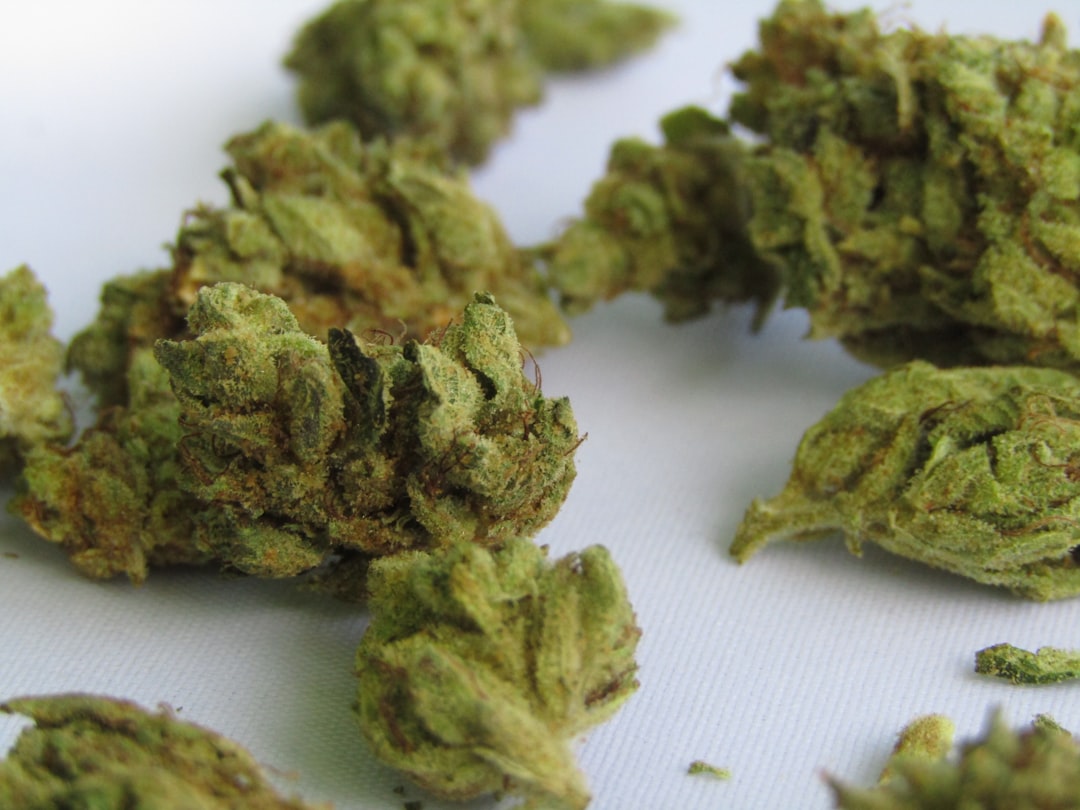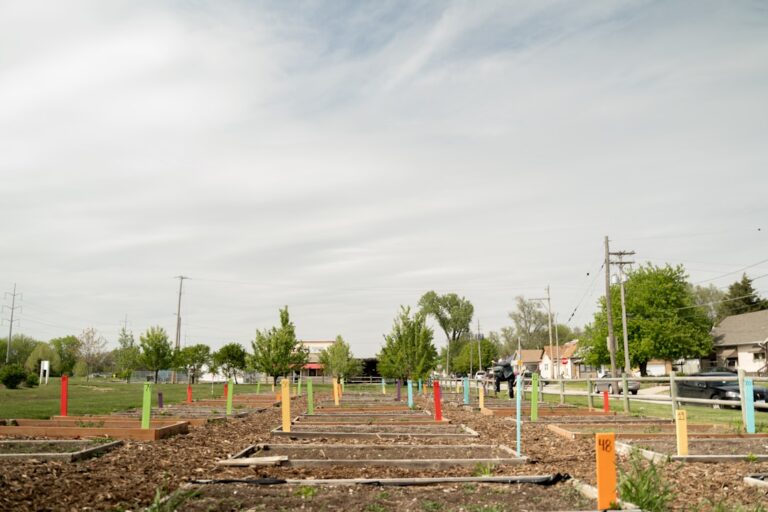Efficient grass removal is a critical aspect of lawn care and landscaping that often goes overlooked. Whether you are preparing a new garden bed, establishing a patio, or simply trying to maintain a tidy lawn, the removal of unwanted grass can significantly impact the overall health and aesthetics of your outdoor space. Grass, while generally considered a beneficial plant, can become invasive and detrimental when it encroaches on flower beds, vegetable gardens, or other designated areas.
By effectively managing grass growth, homeowners can ensure that their desired plants receive the necessary nutrients, sunlight, and space to thrive. Moreover, efficient grass removal can prevent the spread of weeds and other unwanted vegetation. When grass is allowed to grow unchecked, it can create a dense mat that not only competes with other plants for resources but also provides a habitat for pests and diseases.
This can lead to a cycle of decline where healthy plants struggle to survive, ultimately resulting in an unkempt appearance and increased maintenance efforts. By prioritizing grass removal, gardeners can foster a healthier ecosystem in their yards, promoting biodiversity and enhancing the beauty of their landscapes.
Key Takeaways
- Efficient grass removal is important for maintaining a well-manicured lawn and preventing weed growth.
- Choosing the right tool for the job, such as a manual or powered grass trimmer, can make the task easier and more effective.
- Tips for using the tool effectively include starting with the outer edges and working inwards, and adjusting the cutting height as needed.
- Safety considerations when removing grass include wearing protective gear, being mindful of hidden obstacles, and avoiding overexertion.
- Alternative methods for grass removal, such as using a sod cutter or chemical herbicides, can be considered for larger or more stubborn areas of grass.
- Regular maintenance of tools, such as cleaning and sharpening blades, is essential for longevity and optimal performance.
- Environmental considerations for grass removal include proper disposal of grass clippings and choosing eco-friendly tools and methods when possible.
- In conclusion, achieving a well-manicured lawn requires efficient grass removal, the right tools and techniques, safety precautions, and environmental awareness.
Choosing the Right Tool for the Job
Selecting the appropriate tool for grass removal is essential for achieving optimal results with minimal effort. The choice of tool often depends on the scale of the project and the type of grass being removed. For small areas or isolated patches of grass, hand tools such as a hoe or a spade may suffice.
These tools allow for precision and control, enabling gardeners to target specific areas without disturbing surrounding plants. A hand trowel can also be useful for removing grass in tight spaces or around delicate flowers. For larger areas or more extensive grass removal tasks, powered tools may be more efficient.
A string trimmer, for instance, is ideal for edging along sidewalks or garden beds where precision is required. For broader applications, a sod cutter can be employed to remove entire sections of grass quickly and effectively. This tool slices through the soil beneath the grass, allowing for easy lifting and disposal of sod.
Additionally, a rototiller can be beneficial for breaking up compacted soil and removing grass roots in preparation for new planting. Understanding the specific requirements of your project will guide you in selecting the most suitable tool.
Tips for Using the Tool Effectively

Once you have chosen the right tool for grass removal, employing effective techniques can enhance your efficiency and results. When using hand tools, it is crucial to work at the right angle to maximize leverage and minimize strain on your body. For instance, when using a hoe, approach the task with a slight forward lean to engage your core muscles while maintaining balance.
This technique not only makes the task easier but also reduces the risk of injury. For powered tools, proper maintenance and operation are key to achieving effective results. Before starting any powered equipment, ensure that it is in good working condition—check fuel levels, inspect blades for sharpness, and confirm that safety features are functioning correctly.
When operating a string trimmer or sod cutter, maintain a steady pace and avoid rushing through the process; this will help ensure that you achieve an even cut without leaving patches of grass behind. Additionally, wearing appropriate footwear and protective gear can enhance safety and comfort during operation.
Safety Considerations When Removing Grass
| Safety Considerations | Details |
|---|---|
| Protective Gear | Wear gloves, goggles, and a mask to protect against debris and dust. |
| Proper Tools | Use sharp and well-maintained tools to avoid accidents and injuries. |
| Check for Hazards | Inspect the area for any hidden obstacles or hazards before starting the removal process. |
| Proper Lifting Techniques | Use proper lifting techniques to avoid strain and back injuries. |
| Dispose of Waste Safely | Dispose of grass and debris in a safe and environmentally friendly manner. |
Safety should always be a top priority when engaging in grass removal activities. The use of sharp tools and powered equipment introduces various risks that can lead to injuries if not properly managed. When using hand tools like hoes or spades, it is essential to be mindful of your surroundings to avoid accidental cuts or scrapes.
Always cut away from your body and maintain a firm grip on the tool to prevent slips. When operating powered equipment such as string trimmers or sod cutters, wearing personal protective equipment (PPE) is crucial. This includes safety goggles to protect your eyes from flying debris, gloves to shield your hands from blisters or cuts, and sturdy footwear to protect your feet from falling objects or accidental contact with sharp blades.
Additionally, it is advisable to wear ear protection when using loud machinery to prevent hearing damage over time. Being aware of your environment—such as avoiding operation near children or pets—can further enhance safety during grass removal tasks.
Alternative Methods for Grass Removal
While traditional methods of grass removal involve physical tools and machinery, there are several alternative techniques that can be equally effective. One popular method is solarization, which involves covering the grass with clear plastic sheeting for several weeks. This process traps heat from the sun, effectively cooking the grass beneath the plastic and killing it off without the need for chemicals or heavy machinery.
Solarization is particularly useful in larger areas where manual removal would be labor-intensive. Another alternative method is the use of organic herbicides or natural solutions such as vinegar or salt. These substances can be sprayed directly onto unwanted grass to inhibit its growth.
However, caution must be exercised when using these methods, as they can also affect surrounding plants if not applied carefully. Mulching is another effective strategy; by applying a thick layer of organic material over the grass, you can smother it while simultaneously enriching the soil as the mulch decomposes. Each of these methods offers unique advantages and can be tailored to fit specific gardening needs.
Maintaining Your Tools for Longevity

Cleaning and Drying Hand Tools
Regular cleaning after each use helps prevent rust and buildup that can impair performance over time. For hand tools like hoes and spades, rinsing off soil and debris with water and drying them thoroughly will help maintain their integrity. Applying a light coat of oil can also protect metal surfaces from corrosion.
Maintenance of Powered Equipment
For powered equipment, following the manufacturer’s maintenance guidelines is crucial. This includes regular oil changes, air filter replacements, and blade sharpening to ensure optimal performance.
Storage and Inspection
Storing tools in a dry place away from moisture will further extend their lifespan. Additionally, inspecting tools periodically for signs of wear or damage allows for timely repairs or replacements before they become unusable during critical tasks.
Environmental Considerations for Grass Removal
When removing grass, it is important to consider the environmental impact of your methods. Traditional chemical herbicides can pose risks to local ecosystems by contaminating soil and water sources while harming beneficial insects and wildlife. Opting for organic or natural alternatives not only minimizes these risks but also promotes healthier soil and plant life in your garden.
Furthermore, implementing sustainable practices during grass removal can enhance biodiversity in your yard. For instance, leaving some clippings on the lawn after mowing can provide nutrients back to the soil while encouraging beneficial microorganisms to thrive. Additionally, creating designated areas for native grasses or wildflowers can support local pollinators and contribute to a balanced ecosystem.
By being mindful of environmental considerations during grass removal, gardeners can cultivate spaces that are both beautiful and ecologically responsible.
Achieving a Well-Manicured Lawn
Achieving a well-manicured lawn requires diligence in managing grass growth through efficient removal techniques tailored to specific needs. By selecting the right tools and employing effective methods while prioritizing safety and environmental considerations, homeowners can create outdoor spaces that are not only visually appealing but also healthy ecosystems. Regular maintenance of tools ensures that they remain effective over time, allowing gardeners to tackle grass removal tasks with confidence.
Ultimately, understanding the importance of efficient grass removal sets the foundation for successful lawn care practices.
With careful planning and execution, achieving a well-manicured lawn becomes an attainable goal for any homeowner dedicated to cultivating their green oasis.
If you are interested in exploring the philosophical aspects of nature and science, you may find this article on the introduction to the philosophy of science intriguing. It delves into the concepts of nature, explanation, induction, and deduction, providing a thought-provoking perspective on the subject.
FAQs
What is a grass removal tool?
A grass removal tool is a gardening tool designed to easily and efficiently remove grass and weeds from the ground. It typically features a sharp blade or prongs for cutting and digging out unwanted vegetation.
How does a grass removal tool work?
A grass removal tool works by using its sharp blade or prongs to cut through the roots of the grass or weeds and then lift them out of the ground. This process makes it easier to remove the vegetation without damaging the surrounding plants or soil.
What are the different types of grass removal tools?
There are several types of grass removal tools available, including manual hand tools such as a hand weeder or a dandelion digger, as well as powered tools like a weed trimmer or a grass removal attachment for a lawn mower.
What are the benefits of using a grass removal tool?
Using a grass removal tool can help maintain a neat and tidy garden or lawn by effectively removing unwanted grass and weeds. It can also reduce the need for chemical herbicides and prevent the spread of invasive plants.
Are there any safety precautions to consider when using a grass removal tool?
When using a grass removal tool, it’s important to wear appropriate protective gear, such as gloves and eye protection, to prevent injury from sharp blades or flying debris. It’s also important to be mindful of the tool’s cutting edge and handle it with care to avoid accidents.
























+ There are no comments
Add yours